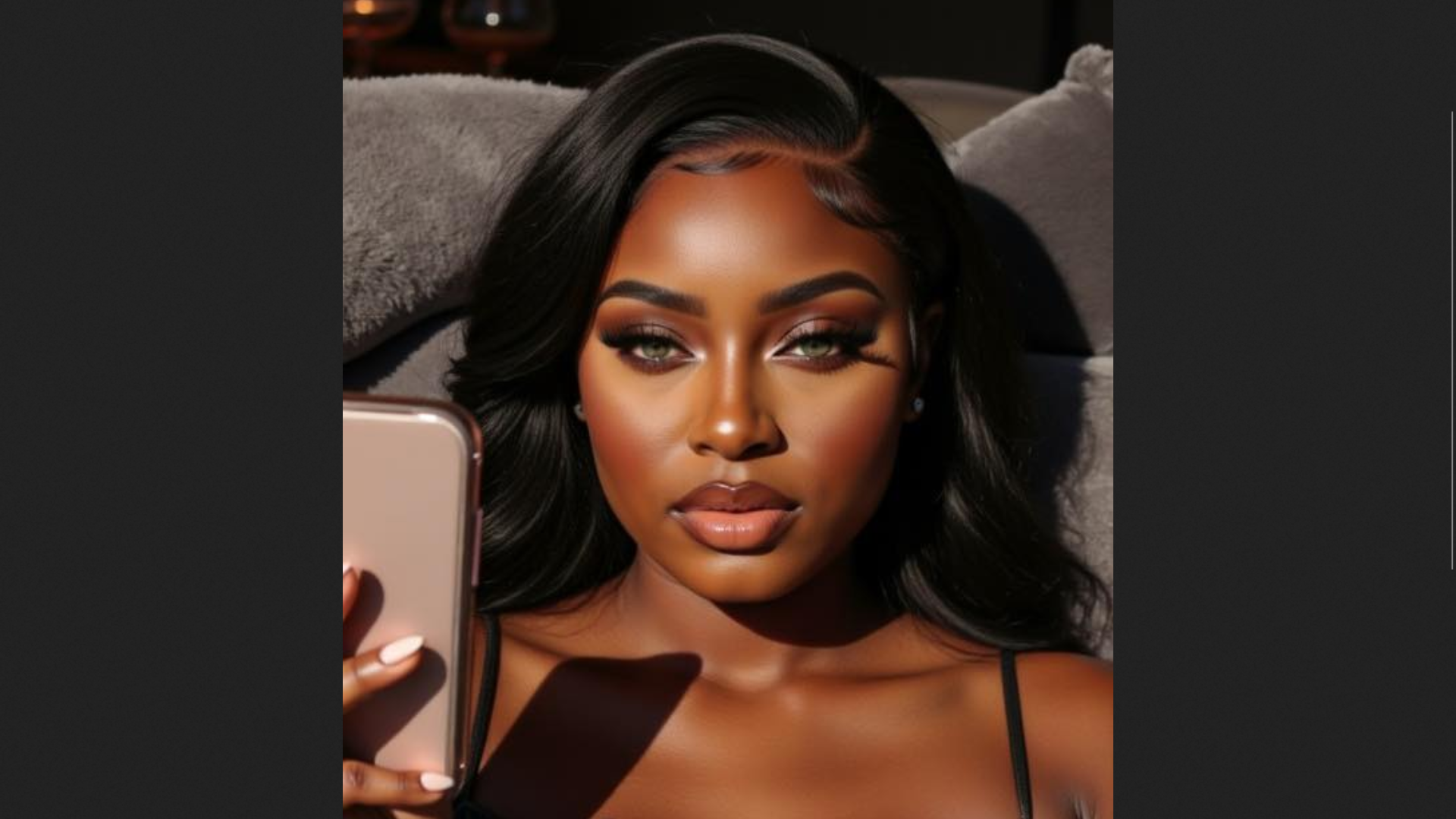AI-Generated Artist Xania Monet Secures Record Deal, Raising Industry Questions

Key Points
- Poet Telisha “Nikki” Jones created the AI‑driven persona Xania Monet using Suno.
- Hallwood Media reportedly signed Xania Monet to a $3 million record deal.
- Songs like “Let Go, Let God” and “How Was I Supposed to Know” charted on Billboard.
- The tracks have amassed nearly ten million U.S. streams.
- Approximately 90 percent of the lyrics are authored by Jones; the rest is AI‑generated.
- Industry experts warn AI acts could limit opportunities for human musicians.
- Live performances may involve lip‑syncing, holograms, or AI‑generated visuals.
- AI tools can lower production barriers but raise questions about authenticity.
Poet Telisha “Nikki” Jones, operating under the AI‑created persona Xania Monet, has signed a reported $3 million record deal with Hallwood Media. Using the Suno AI tool, Jones transforms her poetry into fully produced songs that have climbed charts and amassed nearly ten million U.S. streams. While the project showcases the commercial potential of AI‑generated music, industry observers warn that such deals could sideline human musicians, alter live‑performance expectations, and prompt ethical debates about authenticity in the music business.
AI‑Generated Persona Lands Major Record Deal
Telisha “Nikki” Jones, a poet and songwriter, has entered the music market under the artificial identity Xania Monet. The project, powered by the Suno AI system, converts Jones’s poetry into complete songs in seconds. Hallwood Media has reportedly signed the act to a $3 million record contract, positioning Xania Monet as an early AI‑driven investment for the label.
Chart Success and Streaming Numbers
Tracks credited to Xania Monet, such as “Let Go, Let God” and “How Was I Supposed to Know,” have appeared on Billboard’s Hot Gospel Songs and R&B Digital Song Sales charts. The songs have collectively garnered nearly ten million streams in the United States, demonstrating that AI‑crafted music can achieve mainstream commercial performance.
Creative Process and Authorship
Jones provides the lyrical content—approximately 90 percent of the lyrics are her own—while Suno generates the vocal performance and production. The result is a polished product that sounds passably good, though it is entirely machine‑generated in terms of voice and instrumentation. Jones’s background includes church singing and a lifelong commitment to poetry, but the public-facing artist is an artificial construct without a physical presence.
Industry Reactions and Concerns
The deal has sparked debate among musicians and industry analysts. Critics argue that prioritizing AI‑generated acts could erode opportunities for emerging human artists, studio musicians, and touring bands. There are also questions about live performances: a concert might involve lip‑syncing, holographic representations, or entirely AI‑driven visuals, raising doubts about authenticity and audience connection.
Potential Benefits and Ethical Questions
Proponents note that AI tools like Suno can democratize high‑quality production, allowing creators to overcome technical barriers. However, the rise of fully fabricated artists challenges traditional notions of authorship and emotional authenticity in music. As more AI musicians break through, record labels may streamline production, potentially leading to a homogenized soundscape driven by the same neural network.
Looking Ahead
Xania Monet’s success highlights both the commercial viability of AI‑generated music and the need for broader discussion about its place in the creative ecosystem. Stakeholders must consider how to balance innovation with the preservation of opportunities for human musicians, ensuring that technological advances complement rather than replace artistic expression.